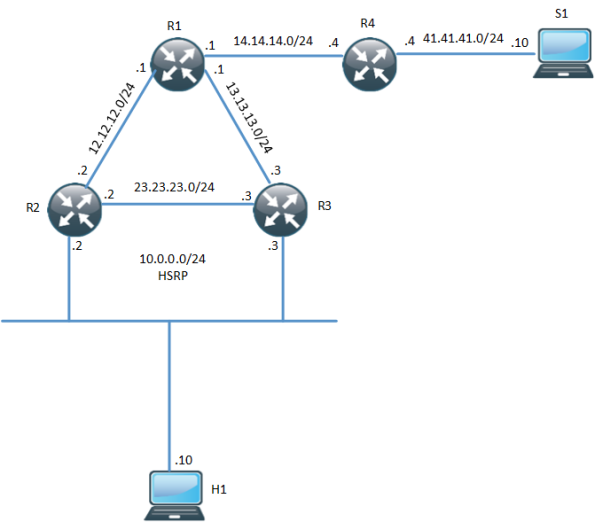0
Apple bumps approved size for iOS apps, lets them eat twice the memory
People looking for richer mobile apps may cheer Apple’s decision to double the size limit of those approved for sale. But those whose iPhones and iPads have smaller amounts of memory will need to download carefully.On Thursday, Apple said it is bumping the maximum size of apps to 4GB from 2GB, marking the first time Apple has expanded the size limit since the App Store’s 2008 debut.Larger apps will be able to take advantage of the faster processors and improved screen resolutions found in iPhones and iPads. These hardware updates allow for apps with richer media experiences like high-resolution graphics—additional features that also mean bigger downloads.To read this article in full or to leave a comment, please click here
